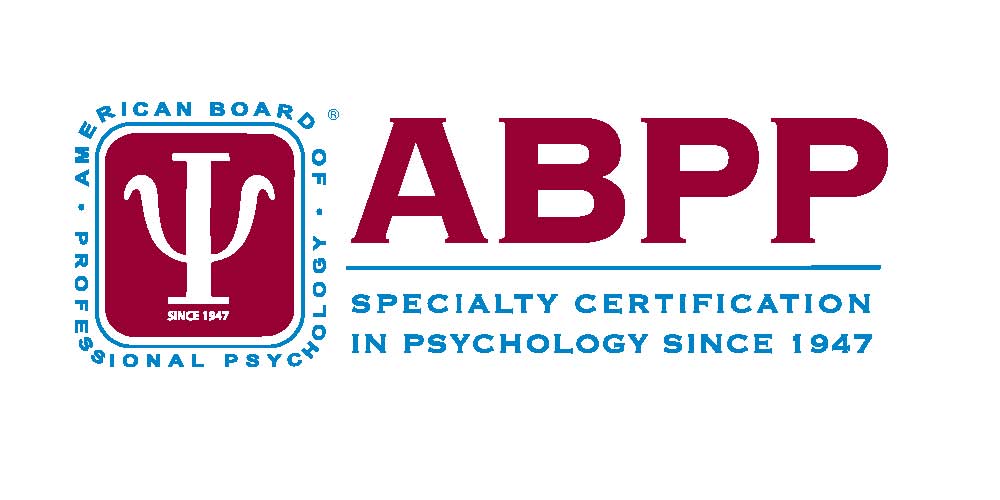FREE eBook! Learn How to Improve Your Level of Care with DBT
Newly updated in 2025, this comprehensive eBook explores essential and advanced DBT topics, behavior modification techniques and examples of applied principles in clinical scenarios.
Based on a compilation of three of our most popular eBooks, this updated version includes both new and advanced DBT content and expands on key training insights, including complex topics like the biosocial theory and adapting DBT for correctional settings.

Key eBook Topics
➡️ DBT is a powerful tool for the treatment of a variety of mental health conditions. Learn the pros and cons of DBT.
➡️ Explore behavior modification techniques and engaging examples of applying these principles in different clinical scenarios.
➡️ The Biosocial Theory: Biological dysfunction in emotion regulation combined with an invalidating environment creates pervasive emotional dysregulation.
➡️ The Course of Treatment: Clarity, precision, and compassion are of the utmost importance when conducting DBT.
Past Live DBT Certification Cohorts Have Featured:
- Presentation by a DBT Expert and a leading researcher adapting DBT for forensic populations.
- Adaptation for Forensic Settings, with programming tailored for therapists providing DBT in jails, prisons, forensic hospitals and juvenile justice settings.
- Comprehensive Skill Development, from mindfulness and cognitive-behavioral techniques to consultation strategies.
- A Small Student-to-Instructor Ratio, with time for discussion and Q&A.
- Certification and Professional Advancement in 4 hours weekly. Past participants worked toward credentials for DBT certification in ~15 mos.
- Evidence-Based Learning: Didactic presentations were supplemented with relevant case examples, alternating with hands-on practice of DBT skills.
Show clients and employers that you're serious about offering quality care with this in-demand certification, while securing premium rates for your competitive clinical skills.

“Dr. Galietta is a terrific instructor”
“Dr. Galietta is a terrific instructor who makes the skills and concepts involved in DBT easy to understand and to implement. Her depth of experience makes it easy to apply these skills in any setting and with individuals experiencing different types of difficulties. DBT is an important intervention for working effectively with clients and for equipping them with the skills necessary to lead productive, successful lives."
Manuela Garcia
-LCSW

“I don’t know that I would have passed my boards without CONCEPT.”
“Having the downloadable source materials to study from was a huge advantage for my board certification tests, since I could review the content as many times as I needed. I don’t know that I would have passed my boards without CONCEPT, since much of what I reviewed in those presentations were covered in my exam."
Dr. Kyle M. Clayton
-Ph.D., ABPP, Board Certified in Forensic Psychology
About Us
The CONCEPT Philosophy
CONCEPT Continuing & Professional Studies at Palo Alto University delivers advanced training for mental health professionals, with programs customized to individual learning needs. High caseloads, limited resources, limited time and budgets–we understand the everyday barriers to achieving the level of professional development you need.
With content curated by psychologist Dr. Patricia Zapf and our Advisory Board, we make training for developing skills, following best practices, and improving credibility. Our psychology continuing education programs are accessible and individualized to fit every schedule so you can take your practice to the next level.

Behind the eBook

Amanda Beltrani, Ph.D., is a licensed forensic and clinical psychologist. She obtained a master’s degree in forensic psychology at John Jay College of Criminal Justice. She then earned a doctoral degree in clinical psychology with an emphasis in forensic psychology at Fairleigh Dickinson University. She completed an APA-accredited internship on the forensic psychology track at New York University-Bellevue Hospital. Dr. Beltrani has published over 15 peer-reviewed journal articles and book chapters on competency to stand trial, clinical assessment and decision making, serious mental illness, and barriers to implementing evidence-based practices. Currently, she is a staff psychologist at Kirby Forensic Psychiatric Center in New York City. She works on a secure ward, conducting forensic psychological evaluations for the Courts as well as treatment and intervention programs for patients with various psychological and legal issues. In addition, Dr. Beltrani works part-time for CONCEPT Continuing & Professional Studies, providing new or aspiring mental health professionals with information about various aspects of practice to elevate their career and professional fulfillment.


